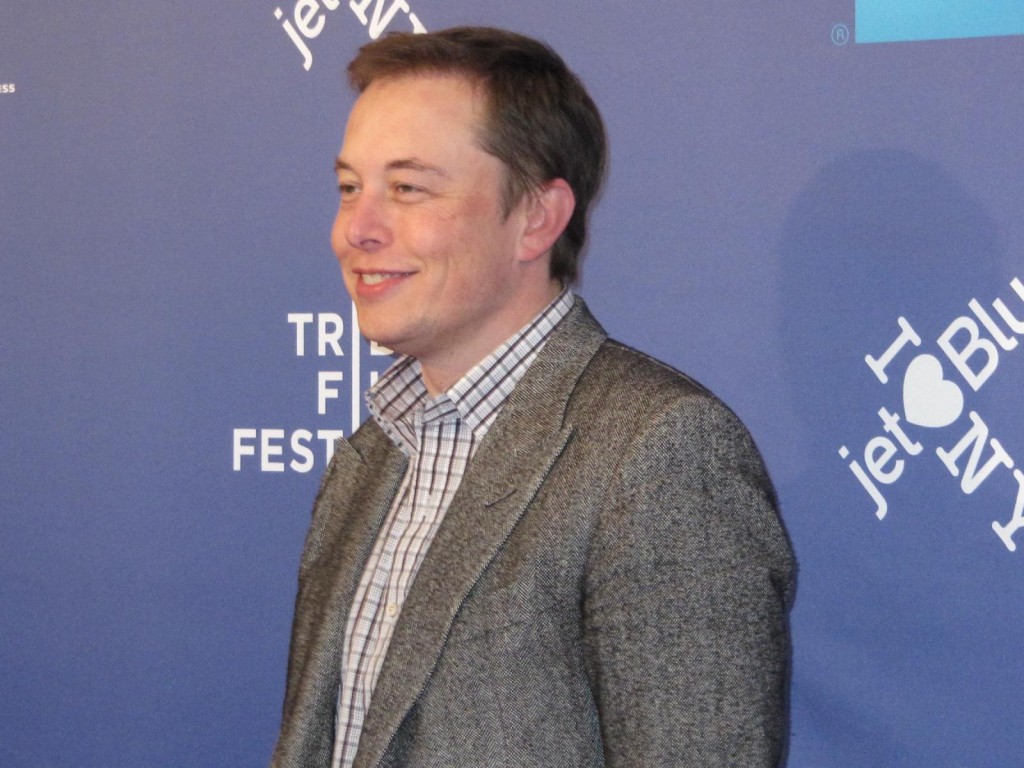Tesla's Powerwall home batteries have grabbed headlines recently, but another of Tesla CEO Elon Musk's many big ideas could be reaching an important stage in its development.
That would be the "Hyperloop," a system of tubes and windowless pods that's unlike any current form of mass transportation.
Elon Musk first proposed the Hyperloop in the summer of 2013, and since then a private company has been working to develop his concept into a functioning transportation system.
DON'T MISS: Elon Musk's Hyperloop: 30 Minutes In Windowless 800-MPH Pod? (Aug 2013)
Hyperloop Transportation Technologies--the company that has taken charge of Hyperloop development, independent of Musk--has made a deal with landowners in central California on a site for its first test track.
The track will span 5 miles near the busy Interstate 5 highway somewhere between San Francisco and Los Angeles, according to a recent Navigant Research blog post.
In his initial 57-page white paper describing the concept, Musk boasted that a Hyperloop would allow travel between those two cities in just 30 minutes, in pods propelled through tubes using a combination of magnets and fans.

Concept drawings for Elon Musk’s 800-mph Hyperloop
Musk originally called for a top speed of 800 mph, but tests will be conducted at a more modest 200 mph.
One reason for that is that engineers won't have the 100 miles of track Musk estimated would be needed for a pod to accelerate to 800 mph.
The test track--which is expected to break ground in 2016--will cost about $100 million. Most of that funding is expected to come from an initial public offering by Hyperloop Transportation Technologies later this year.
ALSO SEE: Could Elon Musk's Hyperloop Crack The Texas Tesla Sales Ban?
Construction of a full-scale system covering the 400 miles between San Francisco and Los Angeles would cost around $8 billion, Navigant estimates--assuming the cost of track and pods don't increase.
That's substantially less than the $67.6 billion price tag estimated for California's planned high-speed rail system by the California High-Speed Rail Authority.
However, the $8 billion figure doesn't factor in development costs--which could be quite high.

'Revenge of the Electric Car' premiere: Tesla Motors CEO Elon Musk on red carpet
As a completely new form of transportation, the Hyperloop can't lean on existing infrastructure or industries to speed development. It all must be made from scratch.
That's what has largely blocked widespread development of maglev ("magnetic levitation") trains--which are propelled by magnetic forces.
MORE: Elon Musk's Hyperloop Concept Becomes A Company (Nov 2013)
Like the Hyperloop, maglev was intended to move large numbers of people quickly. Both also seem to be pitched as replacements for conventional wheeled trains.
There are also more than a few questions remaining on the issue of whether shooting people through a tube at 800 mph will actually be practical.

Hyperloop concept - Image via Hyperloop Transportation Technologies
Some measures may need to be taken to counteract the effects of acceleration. Either that, or a vomit-proof material must be devised for the interiors of the pods.
It's also unclear whether the Hyperloop's planned solar-generated electic power system will be able to provide enough energy consistently to run the system.
But if the development company's plans pan out, we should get some answers sooner rather than later.
_______________________________________________












